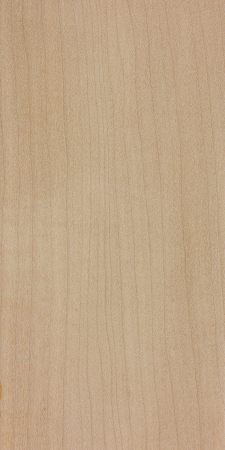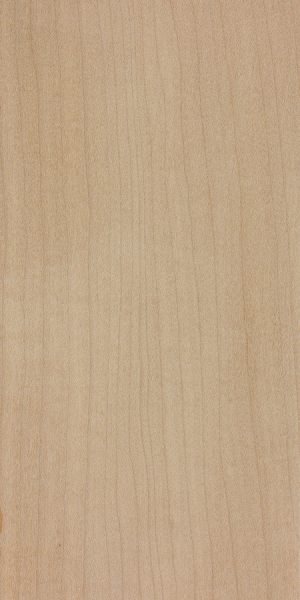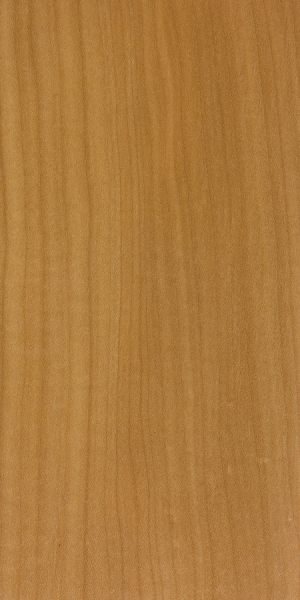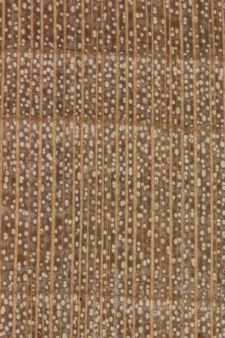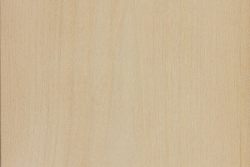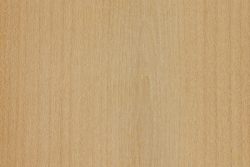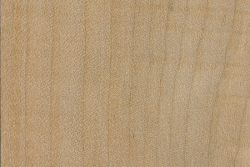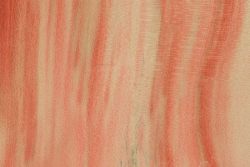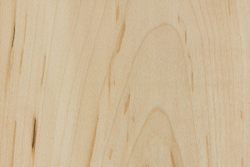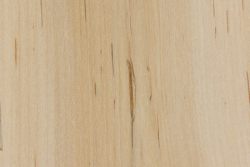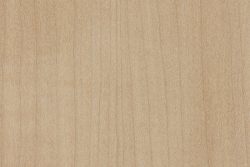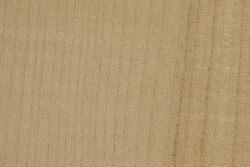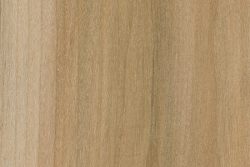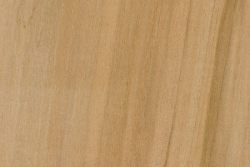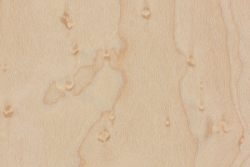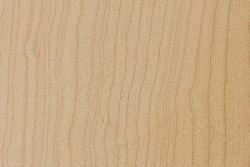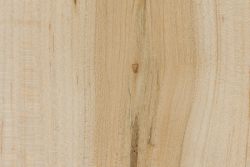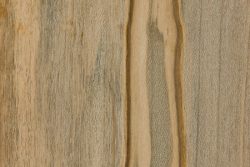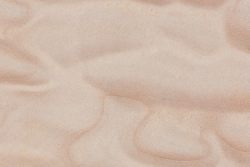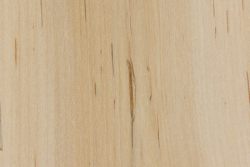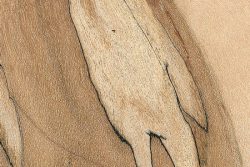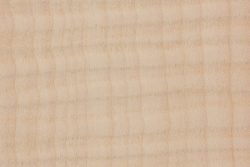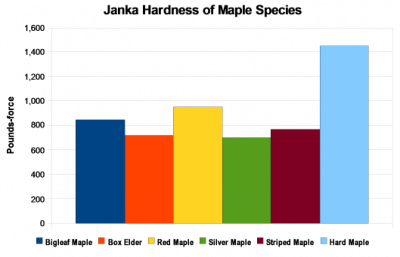> Hardwoods > Sapindaceae > Acer > platanoides
Common Name(s): Norway maple
Scientific Name: Acer platanoides
Distribution: Europe and western Asia; also planted in North America
Tree Size: 65-100 ft (20-30 m) tall,
3-5 ft (1.0-1.5 m) trunk diameter
Average Dried Weight: 40.3 lbs/ft3 (645 kg/m3)
Specific Gravity (Basic, 12% MC): .50, .65
Janka Hardness: 1,010 lbf (4,510 N)*
*Estimated hardness based on specific gravity
Modulus of Rupture: 16,680 lbf/in2(115.0 MPa)
Elastic Modulus: 1,538,000 lbf/in2(10.60 GPa)
Crushing Strength: 8,560 lbf/in2(59.0 MPa)
Shrinkage: No data available
Color/Appearance: Unlike most other hardwoods, the sapwood of maple lumber is most commonly used rather than its heartwood. Sapwood color ranges from almost white, to a light golden or reddish brown, while the heartwood is a darker reddish brown. Norway maple can also be seen with curly or quilted grain patterns.
Grain/Texture: Grain is straight, with a fine, uniform texture.
Rot Resistance: Rated as non-durable to perishable in regard to decay resistance.
Workability: Fairly easy to work with both hand and machine tools, though maple has a tendency to burn when being machined with high-speed cutters such as in a router. Turns, glues, and finishes well, though blotches can occur when staining, and a pre-conditioner, gel stain, or toner may be necessary to get an even color.
Odor: No characteristic odor.
Allergies/Toxicity: Norway maple, along with other maples in the Acer genus have been reported to cause skin irritation, runny nose, and asthma-like respiratory effects. See the articles Wood Allergies and Toxicity and Wood Dust Safety for more information.
Pricing/Availability: Should be very moderately priced where available domestically (this species is native to Europe), though figured pieces such as curly or quilted grain patterns are likely to be much more expensive. Also occasionally harvested on a limited basis in North America.
Sustainability: This wood species is not listed in the CITES Appendices or on the IUCN Red List of Threatened Species.
Common Uses: Veneer, paper (pulpwood), boxes, crates/pallets, musical instruments, turned objects, and other small specialty wood items.
Comments: Norway maple has been planted throughout North America as a shade tree, particularly as a replacement to the many elm trees that were lost to Dutch elm disease during the middle of the 20th century. However, with its fast growth, dense shade, and shallow roots, the species has since demonstrated itself to be a proficiently invasive species.
Norway maple sits ambiguously between hard and soft maple. (Properly, it is neither. The hard and soft maple division is primarily a North American categorization meant to distinguish hard maple from the various other species of softer maples.) Norway maple bears closest relation to field maple, another European species with an intermediate hardness.
Many Stradivarius and other older Italian violins are suspected to have been constructed from Norway maple.
Images: Drag the slider up/down to toggle between raw and finished wood.
Identification: See the article on Hardwood Anatomy for definitions of endgrain features.
Porosity: diffuse porous
Arrangement: solitary and radial multiples
Vessels: small to medium; moderately numerous
Parenchyma: banded (marginal)
Rays: both narrow and wide; normal spacing
Lookalikes/Substitutes: Sometimes confused with other European maples such as field maple (Acer campestre) and sycamore maple (A. pseudoplatanus). Norway maple tends to have more variation in ray width, ranging from narrow to wide, with the widest rays being more pronounced than field maple. Sycamore maple can’t be reliably separated from Norway maple on the basis of macroscopic anatomy.
Notes: None.
> Hardwoods > Sapindaceae > Acer > Related species
Related Content:

